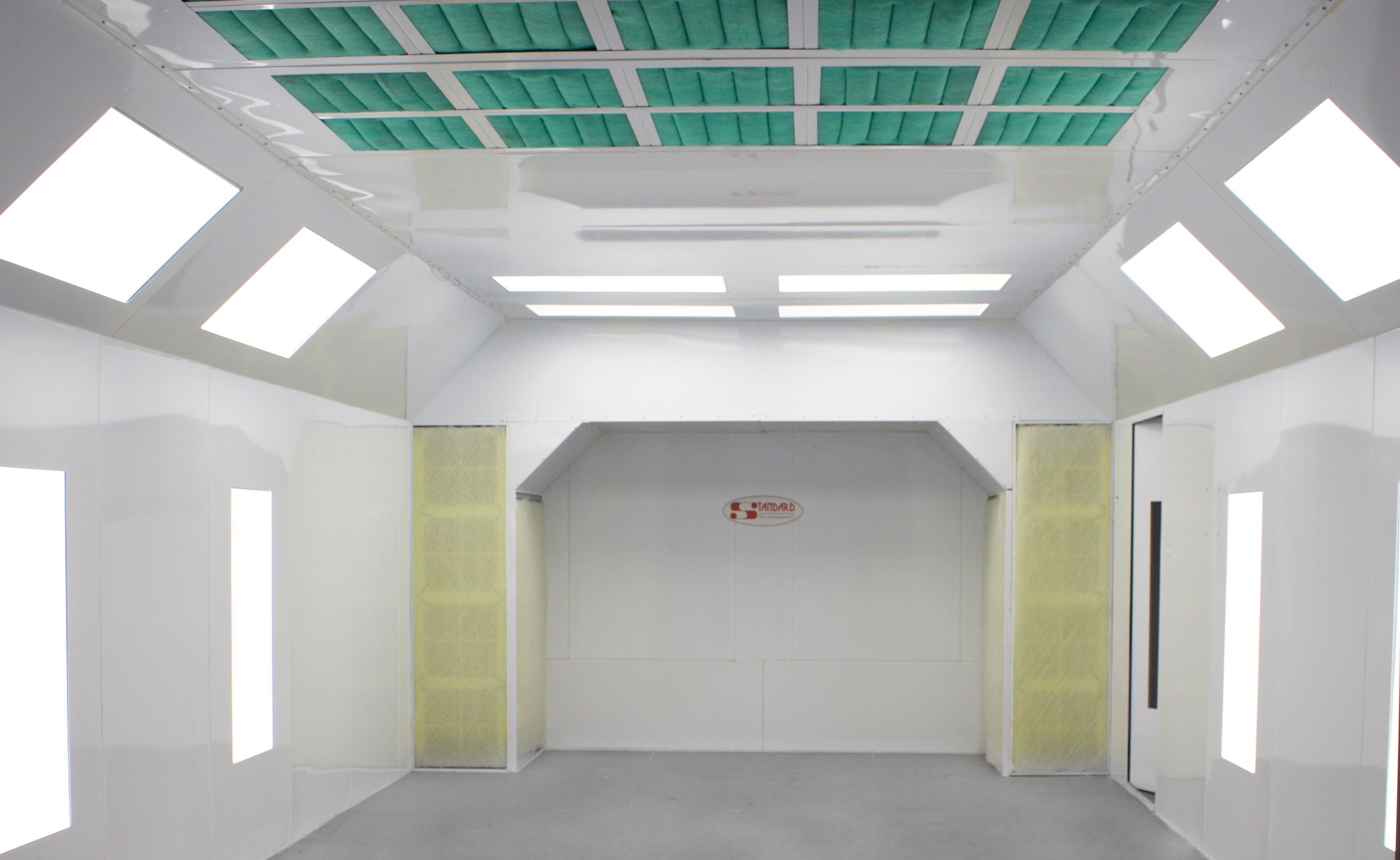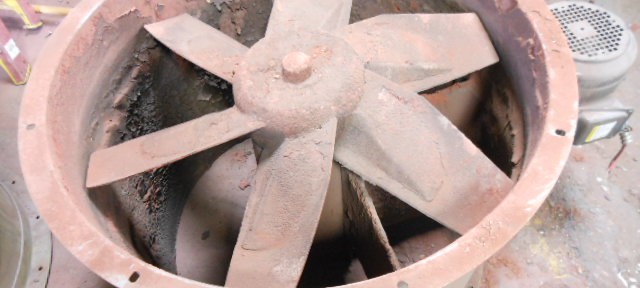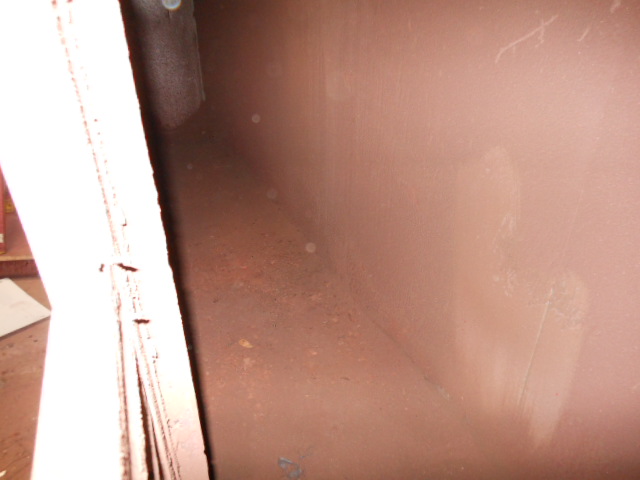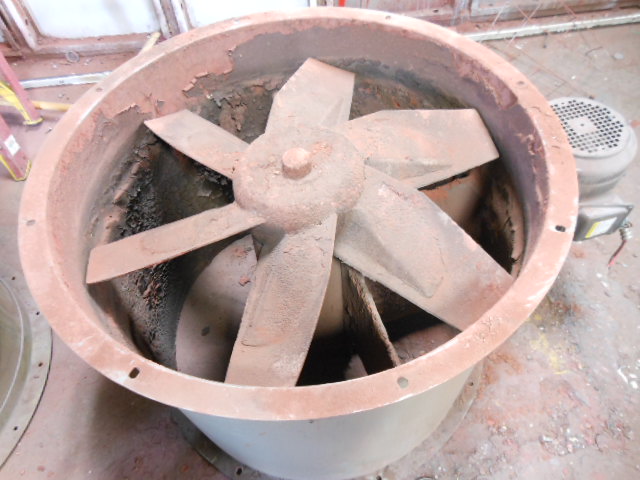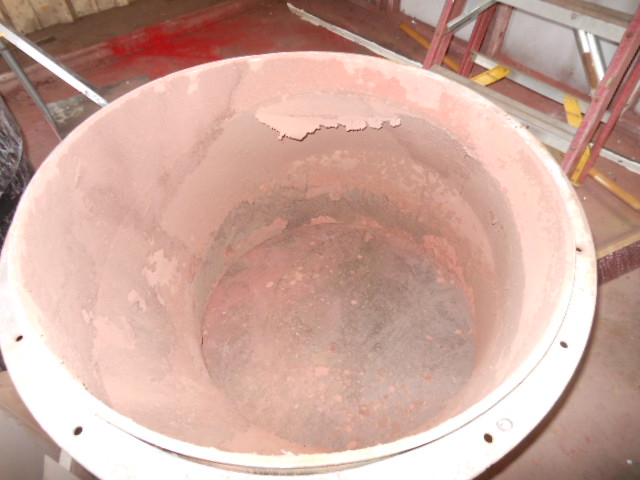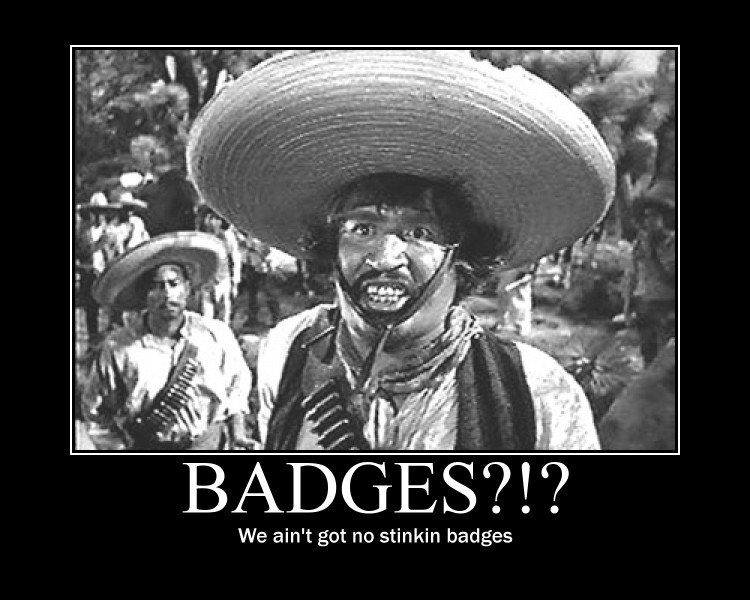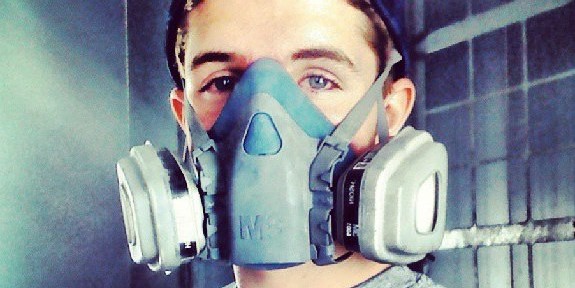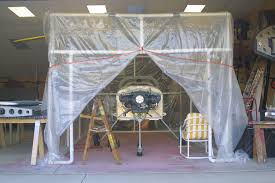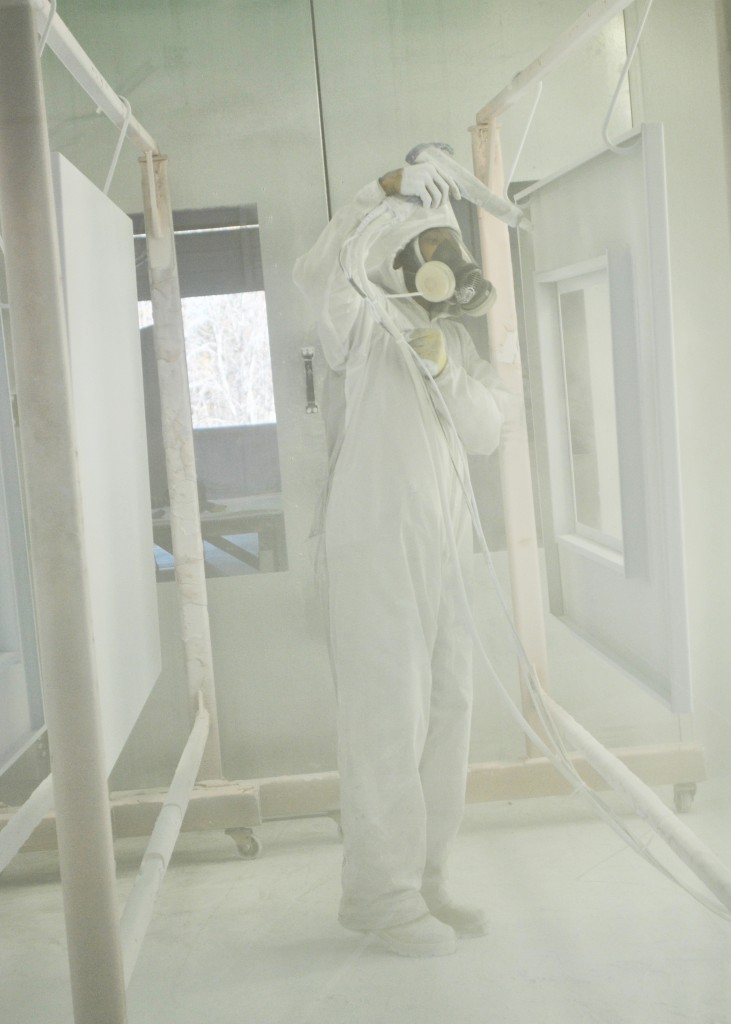Compliance is one of the most complex issues that you may deal with as a paint booth owner. There are both local and national regulations that apply to the installation and operation of your spray booth. Making sure your booth is compliant isn’t just about avoiding fines and legal issues. Codes are designed to ensure you operate your booth safely and correctly. By following the relevant codes, you can enhance quality control and protect yourself and your employees.
Ideally, it’s best to have a thorough understanding of all the relevant code requirements before you purchase a new paint booth. However, even the most conscientious paint booth owners may find themselves with compliance issues at some point. Read on to learn how to bring your paint booth into compliance.
Understand the Requirements
There are both national and state-level codes that apply to paint booths. The federal requirements come from several different agencies:
- Occupational Safety and Health Administration (OSHA) rules are related to workplace safety. OSHA laws for paint booths are designed to protect operators from hazardous and combustible substances (such as paints and other finishing products). There are rules about ventilation, filters, illumination, and ignition sources.
- National Fire Protection Association (NFPA) codes are designed to mitigate the fire risks of spraying flammable materials. NFPA-33 specifically, is intended for fire control for large-scale, indoor spray paint applications such as industrial spray paint booths. This code covers fire prevention, fire suppression measures, cleaning of built-up overspray, and disposal of flammable materials.
- Environmental Protection Agency (EPA) standards help reduce harm to the environment from volatile organic compounds that come from improper ventilation and/or disposal of toxic substances. There are filter codes, ventilation standards, and record-keeping requirements.
Your paint booth may also be subject to additional rules based on local ordinances. When you are pulling permits for your paint booth, carefully read through all the building codes so you understand them. You may need to choose an ETL-certified booth and/or have your setup checked by a local inspector.
Even if your paint booth is already installed, it may become noncompliant if you change the layout of your shop, disassemble and reassemble the booth, or start using different types of finishing products. Local codes can also change, requiring you to take certain actions to make your spray booth compliant again.
Mitigate Fire Risks
Local fire codes may be stricter than NFPA regulations. If your booth doesn’t meet fire safety standards, you may need to make some changes:
- Replace clogged filters and clean out overspray buildup in the booth.
- Install fire extinguishers, automatic sprinklers, and other fire suppression equipment as directed by the city or county fire chief.
- Identify all ignition sources and move them away from the booth. Common sources of ignition are light fixtures, switches and certain types of fans. Make sure to store and mix paints and finishes away from spark-producing devices, ideally in a paint mixing booth.
Your paint booth itself should meet national fire safety requirements by including non-sparking fans and lights. However, taking extra fire precautions can help protect everyone in your shop.
Schedule a Field Test
Some states and cities only allow paint booths that have ETL certification. This Electrical Testing Laboratories mark indicates that the booth’s components meet certain NFPA safety requirements. In an ETL-listed booth, the electrical control panel for the lights and fans is designed to meet UL standards.
If your local codes require ETL certification, the easiest way to ensure compliance is to purchase an ETL-listed booth. You can also obtain certification for an existing booth by scheduling an official inspection and completing any required changes. However, this can be a costly certification process. If you are unsure if it will be required, it is best to purchase a booth that is already certified.
Prioritize Regular Maintenance
Once your paint booth is compliant with all relevant codes and standards, preventative maintenance is the best thing you can do to keep it that way.
- Change filters when necessary.
- Clean the booth regularly.
- Check wires for wear and tear.
- Monitor airflow and ventilation.
- Inspect fire suppression equipment frequently.
- Clean any overspray from the exhaust fans
If you’re not sure how to maintain your paint booth, contact an expert.
Get Reliable Support To Keep Your Booth Compliant
Paint booth compliance is about more than just following building codes; a compliant booth is safer to operate. If your booth isn’t code compliant, the best thing to do is remedy the situation right away by scheduling an inspection and completing any assigned action items. When you are purchasing a paint booth, make sure to choose one that meets federal standards and is ETL-certified (if your local codes require it). To learn more about paint booth compliance, contact our experienced team.



